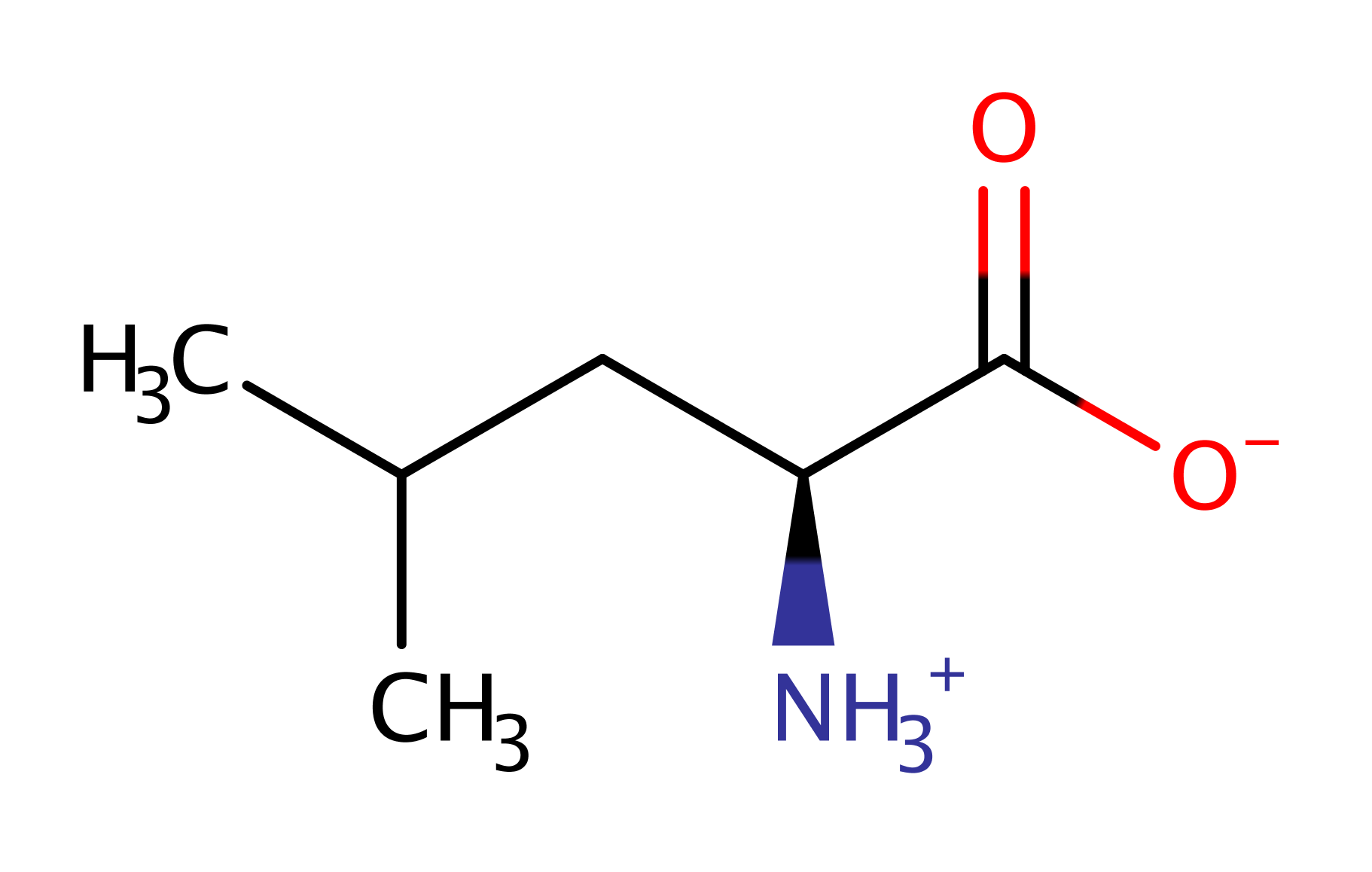Branched-chain-amino-acid transaminase
Branched-chain amino acid aminotransferase is involved in the biosynthesis of hydrophobic amino acids ie leucine, isoleucine, valine. The enzyme reversibly catalyses the transfer of the amino group of a hydrophobic amino acide to 2-oxoglutarate to form a 2-oxo acid and a glutamate. This enzyme is a pyridoxal 5'-phosphate-dependent enzyme.
Reference Protein and Structure
- Sequence
-
P0AB80
 (2.6.1.42)
(2.6.1.42)
 (Sequence Homologues)
(PDB Homologues)
(Sequence Homologues)
(PDB Homologues)
- Biological species
-
Escherichia coli K-12 (Bacteria)

- PDB
-
1iyd
- CRYSTAL STRUCTURE OF ESCHELICHIA COLI BRANCHED-CHAIN AMINO ACID AMINOTRANSFERASE
(2.15 Å)



- Catalytic CATH Domains
-
3.20.10.10
 (see all for 1iyd)
(see all for 1iyd)
- Cofactors
- Pyridoxal 5'-phosphate(2-) (1)
Enzyme Reaction (EC:2.6.1.42)
Enzyme Mechanism
Introduction
The mechanism of branched-chain amino acid aminotransferase has a double substrate recognition component for the reversibility of this enzyme. The substrate approaches, and the C4' of PLP, activated by protonation of the Schiff base, is nucleophilically attacked by the substrate alpha-amino group and through the tetrahedral intermediate a new Schiff base is formed, with release of Lys 159 by protonation with the substrate. Lys 159 makes a hydrogen bond to the O3' of PLP to lower the free energy of the transition states. This Lys also facilitates proton transfer to the C-alpha atom of the substrate and the C4' of the cofactor. The deprotonated Lys 159 abstracts a proton from the substrate to yield the quinonoid intermediate. After this alpha-proton elimination, Lys 159 adds a proton to the C4' atom of the quinonoid intermediate to yield the ketimine intermediate. The ketimine intermediate is hydrolysed using Lys 159 to activate the water as a general base catalyst to yield 2-oxoglutarate and PMP.
Catalytic Residues Roles
| UniProt | PDB* (1iyd) | ||
| Lys160 | Lys159(160)A | Involved in proton transfer and general acid/base catalysis. | proton shuttle (general acid/base) |
Chemical Components
References
- Goto M et al. (2003), Biochemistry, 42, 3725-3733. Crystal Structures of Branched-Chain Amino Acid Aminotransferase Complexed with Glutamate and Glutarate: True Reaction Intermediate and Double Substrate Recognition of the Enzyme†,‡. DOI:10.1021/bi026722f. PMID:12667063.
Catalytic Residues Roles
| Residue | Roles |
|---|---|
| Lys159(160)A | proton shuttle (general acid/base) |




